After logging 10 days on the International Space Station in 2015, the Omega Skywalker watch continues to be ESA astronaut Andreas Mogensen’s constant companion.
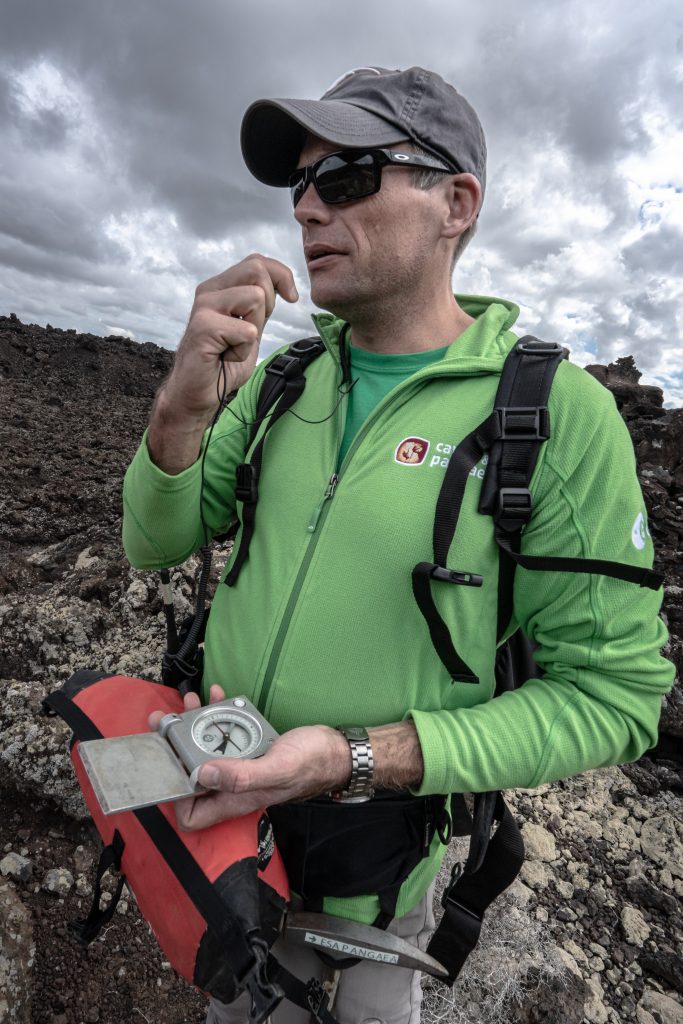
Elapsed time: six years. Andreas is currently involved in the daily operations of the Space Station from Houston, US. The first Danish citizen to make it to space knows the corridors of NASA’s Johnson Space Center Center well and is a familiar face at the capcom desk. Astronauts are often chosen as capcom because they can translate technical jargon into working language.
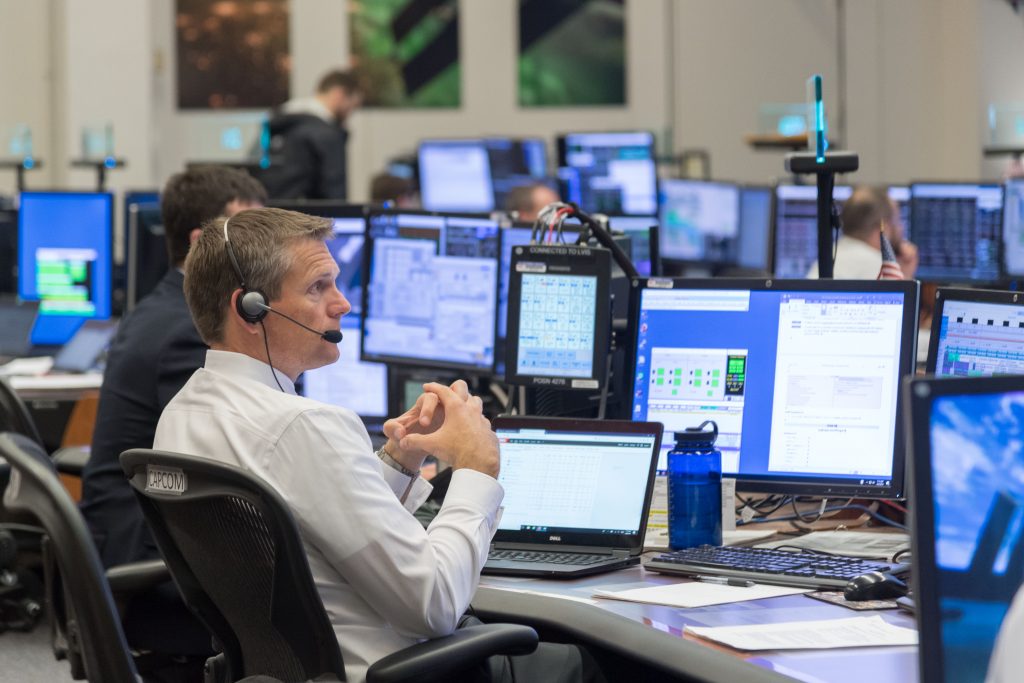
“I am fully integrated in the Mission Control Center with a real insight into what is going on. Being lead capcom for several missions has been fascinating,” he says.
Like that time when he was the point of contact for two astronauts and led the pair through their spacewalk over the radio. Or the day he lost contact with the two astronauts inside the Soyuz SM-10 just a few minutes after launch. Or when a hole was discovered inside a Russian capsule and the pressure on the Station started to drop with his colleague Alexander Gerst onboard.
“We constantly carry out simulations to ensure we can respond to any emergency. We are preparing for the future too,” adds Andreas.
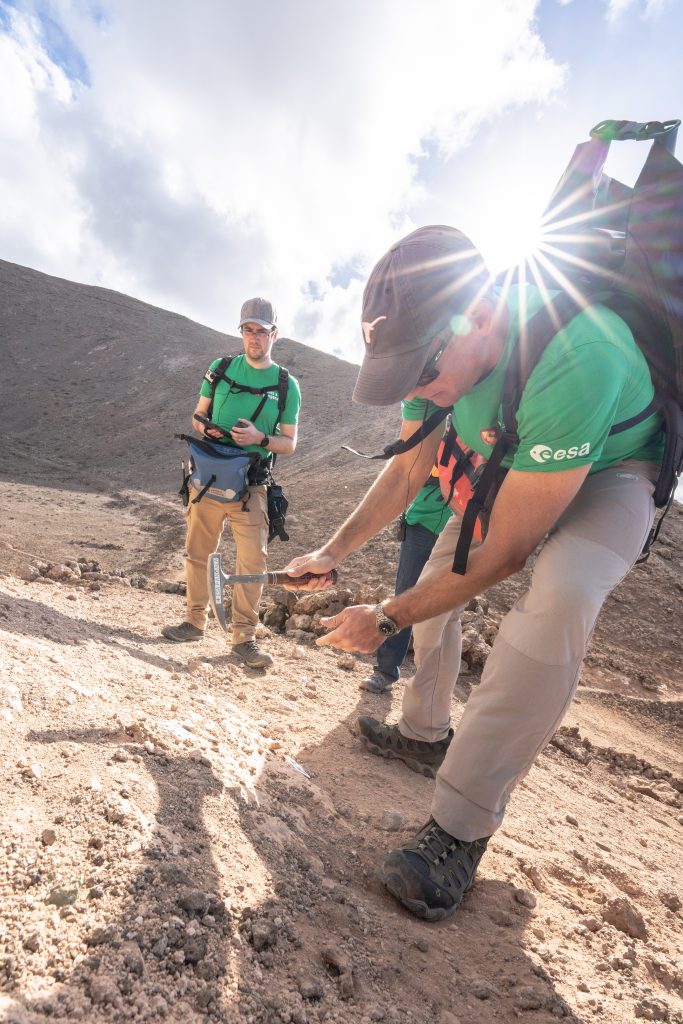
Next to that, how exciting can a rock be?
“Before joining Pangaea’s geology training, I thought that looking at rocks was a pretty boring thing to do,” he confesses during the third and final week of the training held in Lanzarote, Spain.
But now, Andreas has learned to see the rocks in a new light. “It’s intriguing to interpret the layers of the Earth where the rocks come from, and from there begin to understand the evolution of our planet,” he says.
“Knowing more about Earth is helping me understand the geology on the Moon and Mars and gain a better insight into our entire Solar System. An arid island like Lanzarote is teaching us how crucial the smallest amount of water can be for life.”
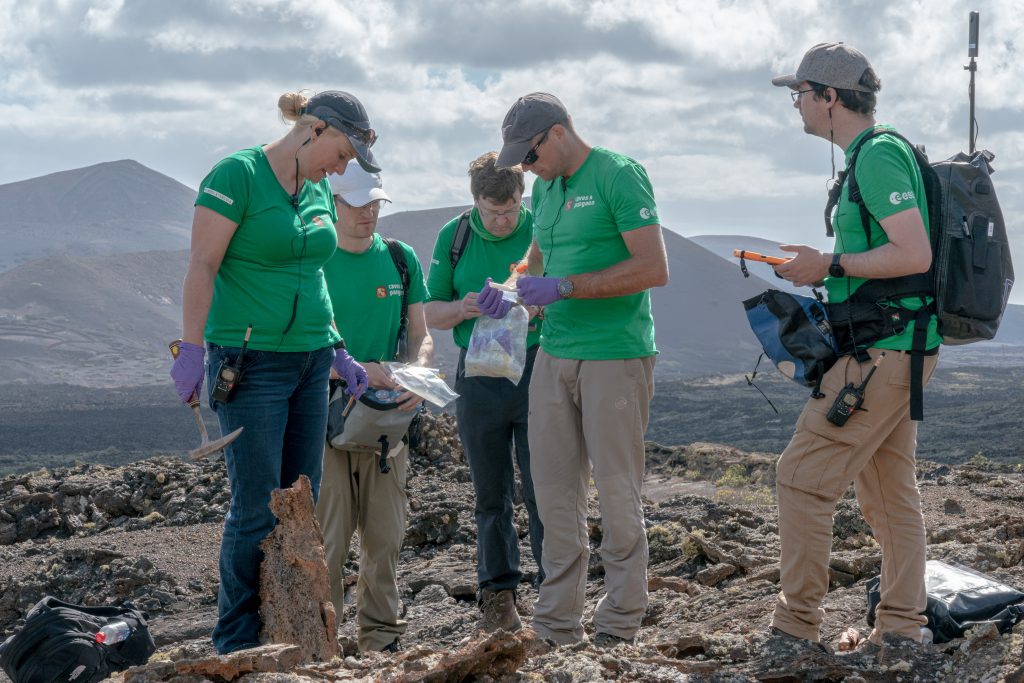
Planetary family
The astronaut sees the Solar System as a family with very different relatives and diverse paths in life, but still intrinsically linked. From Venus’ dense atmosphere and boiling temperatures to the cold and dry Mars, “extremes can help us foresee what might happen to the Earth in the future,” Andreas muses.
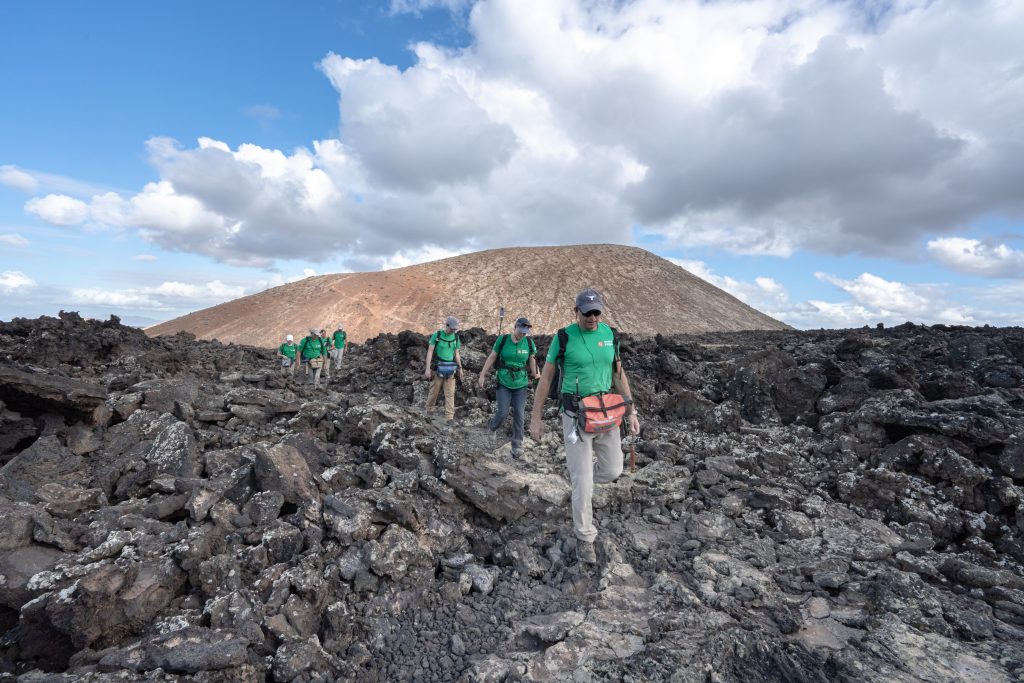
If he would have to pick just one destination for a future spaceflight, he says it would be Mars. A lot like Earth, with running water some billion years ago and the possibility of ancient life still buried under the surface. Mars exploration might be in the distant horizon, but “still a fascinating place to visit,” he adds.
Would he send his kids to the Red Planet? “Only if they could come back!” Andreas says as he smiles. In the meantime, the astronaut will keep paying attention to the stories behind the rocks that could bring him back to a not-too-distant future.
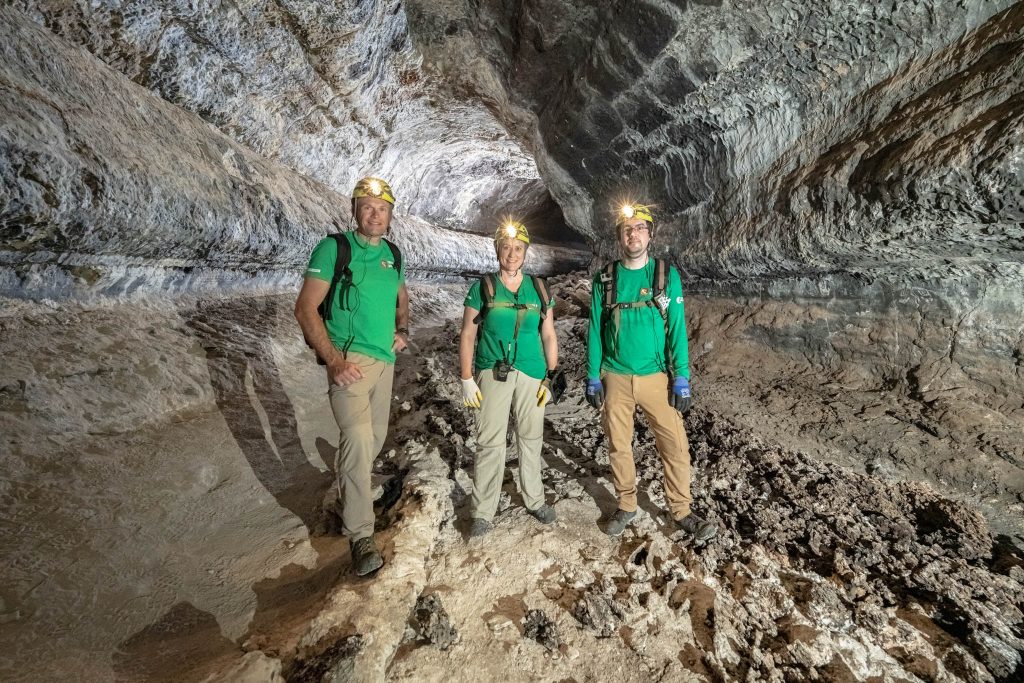

Discussion: no comments